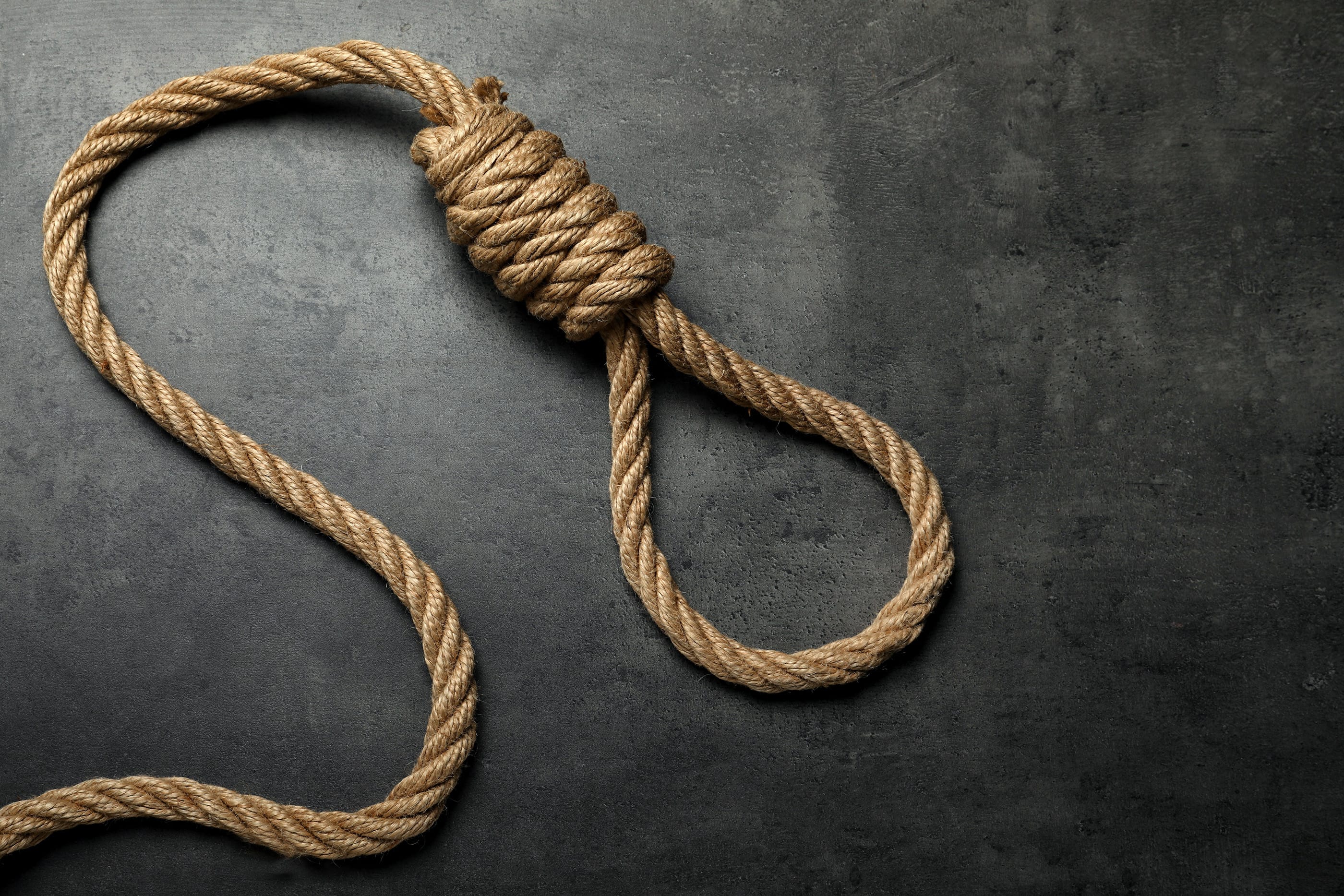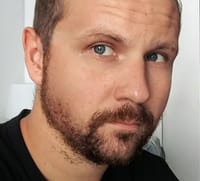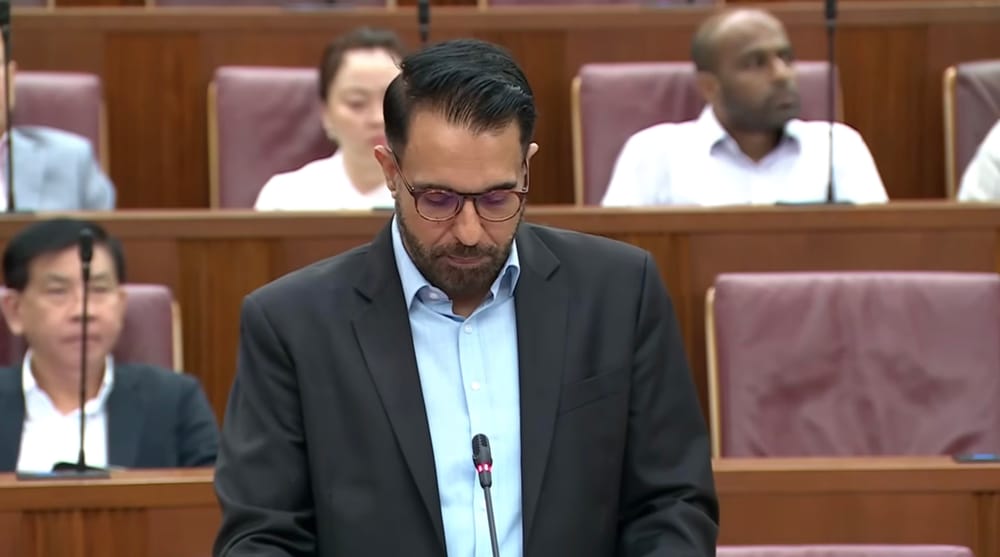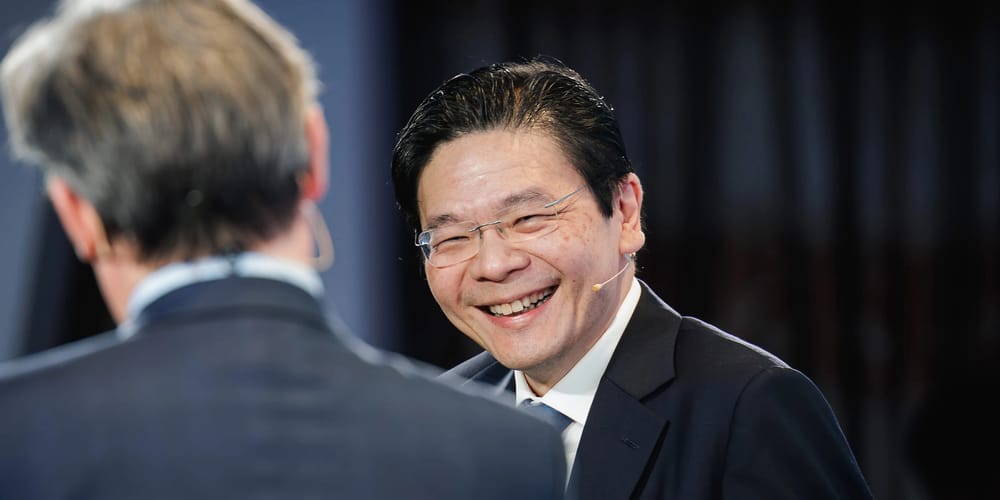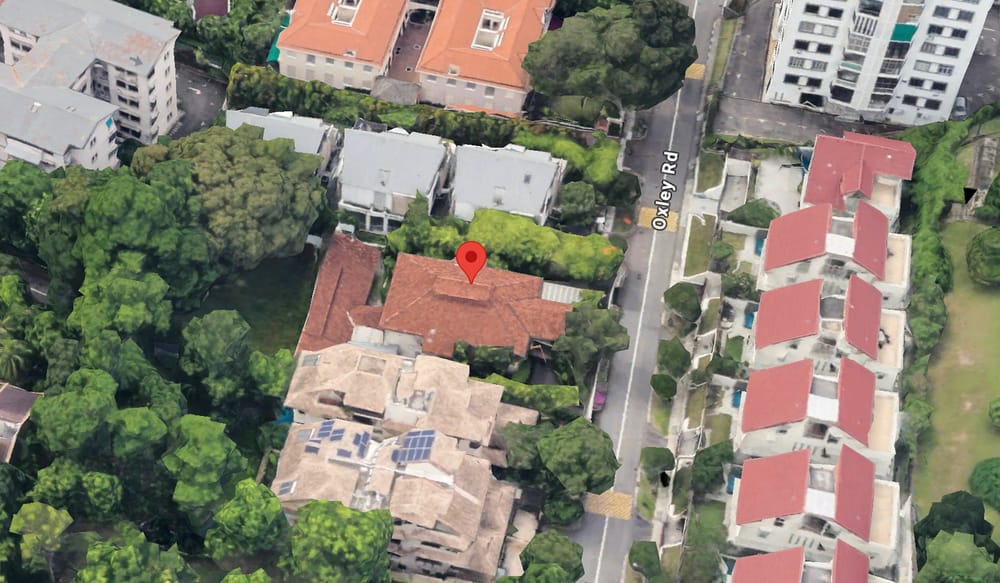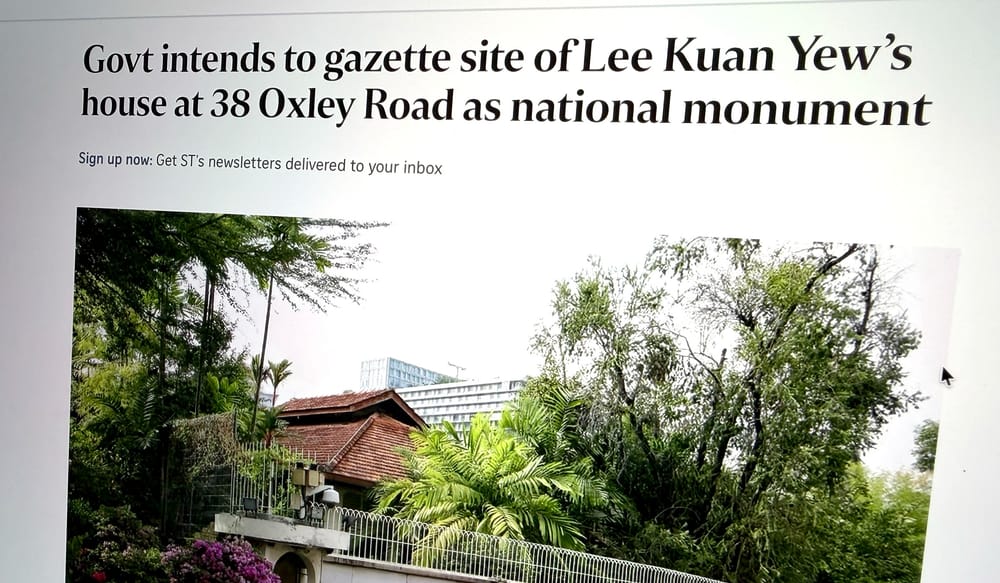So, another haul of drugs was intercepted in Singapore - 18kg of heroin at Woodlands - with 3 Malaysians arrested.What will the activists say this time? Was it low IQ again? Poverty that pushed those poor poor souls to traffic $1.3 million worth of drugs into Singapore?Actually, I know what their excuses will be. They will say that it is evidence that death penalty does not eliminate drug trafficking, so traffickers should be spared their lives or some other such asinine rubbish like "go after the big fish!" - just so that those "activists" can feel good about themselves again, without doing anything at all.But, actually, they are worse than that.I thought that the best counter-argument will be to share again what I already published here in the past - the story of how approximately 1 in 30 young Singaporean males was, not so long ago, a heroin addict.And why it is no longer a problem. Sometimes the simplest thing to do is learn history. Spread the word.
Originally published on Sep. 18, 2020:Did you know that in mid-1970s Singapore had to grapple with a heroin epidemic that afflicted 3 to 4% of young men? Approximately 1 in 30 Singaporean males aged 15-24 was a heroin addict. Overall, around 1 out of 120 Singaporeans was a registered drug user by 1979.———The third and final installment of my mini-series on tackling drugs is about a topic that I actually find most revolting of all - how clueless, self-absorbed "activists" make careers out of parading their moral superiority with complete disregard for human life.They're in Singapore too - Kirsten Han, Alfian Sa'at, even Subhas "ROB THE RICH" couldn't help himself to chime in on the pending execution of Syed Suhail (currently halted, pending submission of appeal papers).I find all of them far more despicable than the actual drug dealers.Why? Because the dealers at least don't pretend to be charitable. They're running a business. It may be dirty and illegal, but in a perverted way it's at least honest - it's about money, selling an in-demand product to willing buyers.You can catch them, you can jail them, you can execute them - and they know what the penalties are, so it's fair game.The self-professed "activists", on the other hand, are only pretending to be supporting the "good causes". They spend their entire lives condemning others - usually people actually solving real life problems - while pushing idealistic ideas that only make them feel good about themselves (disregarding their consequences). They love to preach but rarely contribute. They don't really want to solve any issues, they don't want societies to be drug and crime free. They senselessly oppose proved solutions, for their own self-aggrandizement - so they can look cool, "progressive", anti-establishment. I would like to say that the impact of these belated teenage-rebels is nil but it's worse than that - it's negative. They undermine entire societies, peddling ideas they take zero responsibility for - as we can see clearly today looking at what's happening to America (not only in the war on drugs but all the ideological rot that has taken over the country - the Critical Race Theory, the Queer Theory, the "peaceful" protests and bastardization of science and academia to serve ideological causes, while silencing or destroying everybody who dares to oppose them).The photo you can see below, of a barely lucid heavily pregnant woman with an open, bleeding abscess from an injection, comes from somebody else's album I shared here before - taken last year in Philadelphia's Kensington, dubbed the largest open-air narcotics market in the country. You can view the entire collection with more disturbing images here: https://www.facebook.com/liz.cusick.18/media_set...This is what happens when relative leniency towards drug use and drug trafficking face an epidemic in opioid abuse - the situation spirals out of control. Deaths by overdose are through the roof as new, far more potent and far more toxic alternatives to heroin - like fentanyl - hit the streets."Progressive" authorities seek decriminalization of drug possession what creates bigger loopholes for dealers, as many junkies carry amounts small enough to be considered personal and yet large enough to be divided into several portions they can sell. The police and judiciary are neutered as a result.In the meanwhile, homegrown activists attempt to import those disastrous ideas (along with many more) trying to transplant them into Singapore, where death penalty not only deters but eliminates drug dealers from the system permanently.
Brief History of Drug Abuse in SingaporeAnd it's not like Singapore has forever been drug free - not even in the fairly recent history. Opium dens that you see in some black & white photos were still a problem shortly before Singapore became an independent country. Drug addiction had been a social problem since the 19th century, plaguing mainly the Chinese majority.
In 1941 Singaporean population of opium addicts was estimated at 16,500 - or about 1,800 per 100,000 inhabitants. That is 3x the rate currently registered in the US (which is seen as a disastrous epidemic).
During the war and Japanese occupation the figure is estimated to have doubled, as the occupiers encouraged drug use. In other words in late 1940s opiate addiction in Singapore was approximately 100-120+ times higher than it is today.As opium was delegalized, the situation was gradually brought under control. In the 1950s the local police force conducted approximately 3,500 raids on opium dens every year (that's on average about 10 raids every single day), seizing around 2 tons of the drug in the process, annually. You can review the figures in this report from 1958, published the site of United Nations' Office on Drugs and Crime: https://www.unodc.org/.../bulletin_1958-01-01_4_page003.htmlIn the 1970s, with the wave of the hippie counterculture drugs made a resurgence in Singapore, culminating in the flood of heroin which exploded around 1974/1975. By 1979 approx. 20,000 people ended up on the drug registry, including an estimated 15,000 heroin addicts, mainly young males under 30 years of age.
In other words, 1 out of ca. 150 Singaporeans - including 1 in 28 males aged 20-24 (3.6%) - was hooked on heroin mere 40 years ago.It's in this context that the draconian policies - today so eagerly attacked by ignorant young "influencers" - were enacted. In 1975 mandatory death penalty for trafficking heroin and morphine was introduced (by 1989 expanded to cover other popular drugs).These measures worked extremely well.Singapore had to grapple with an explosion of drug abuse and has managed to fight it off completely, bringing the rates of opiate addiction down from about 650-850 per 100,000 in the 1970s, to just 30 today (for comparison - in the US it's currently around 600).And yet ignorant self-righteous "activists", without the faintest grasp of Singapore's enormous success in eradicating drug abuse, are now attacking the very policies that made it possible.They are the drug dealers of the digital age - peddling ideological high to the modern youth. The new addiction is the feeling of moral superiority. And, like with all drugs, it makes you feel good but is devastating your life at the same time, wrecking the past accomplishments for a brief, pleasant hit.That's why these grandstanding "do-gooders" are far worse than real drug traffickers. Criminals are merely trying to dodge the nation's anti-drug defenses - "progressive" activists, however, are actively campaigning to destroy them.



